- Sensitive enough to detect very small leaks related to fluid ingress or loss and some gaseous leak rates
- Can test in pressure or vacuum environments
- Determines a leak rate based on pressure or vacuum loss
- Can calibrate to a volumetric flow
- Can report pressure or flow loss (psig or scc/min)
- Provides a simple and highly effective leak test method
Pressure Decay Leak Test Systems
Pressure decay leak testing is the most commonly used method. Its simplicity makes it easy to automate and to integrate into production/assembly processes.
In simple terms, the pressure decay test fills a pressure vessel with air until it reaches its target pressure, cuts the air source to isolate the pressure, and measures the decay (loss) of that pressure over a set period of time; a pressure loss greater than a predetermined setting indicates a leak. The sensitivity and accuracy of the pressure decay measurement is a function of the test part’s size and the test time. Most tests can be performed rather quickly, with highly accurate results, but the larger the part, the longer the cycle time that is required to achieve an accurate test result.
Benefits of Pressure Decay Leak Testing
CTS Sentinel Pressure Decay Leak Test Systems
At Cincinnati Test Systems, we take leak testing seriously. We have gained loyal customers all around the world with our full line of Sentinel leak test systems. Our precision-engineered Sentinel pressure decay leak detection instruments provide accurate and reliable performance in challenging applications.
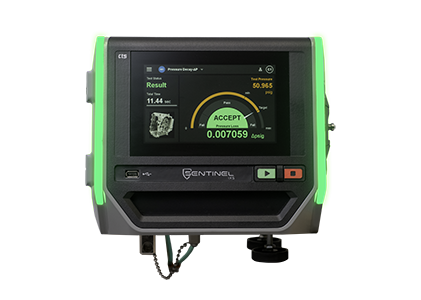
Sentinel IX5
Delivers flexible, multifunctional leak testing, with all common air leak test methods in ONE instrument.
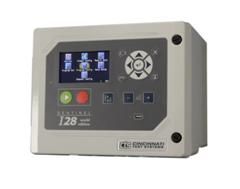
Sentinel I28
The most advanced single-station air flow and leak detection equipment available today.
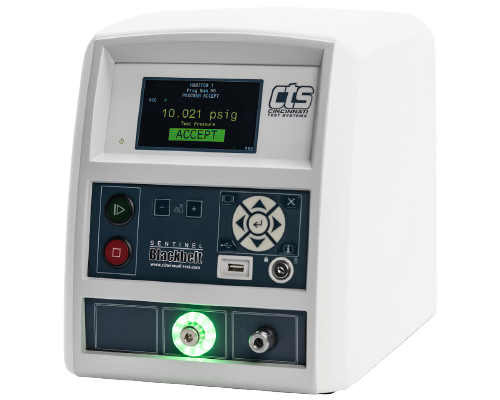
Sentinel Blackbelt
Single channel, multi-port leak, flow, and blockage benchtop test instrument.
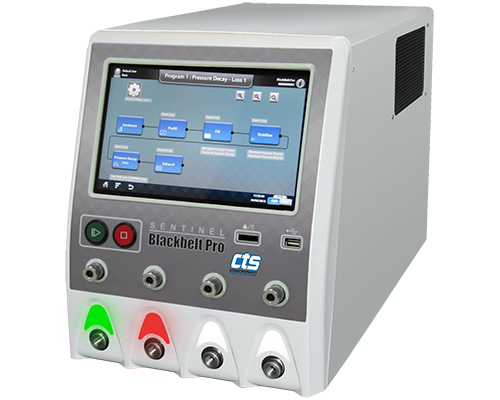
Sentinel Blackbelt Pro
Multi-functional, reliable 4-channel leak testing in wall mount or benchtop options.
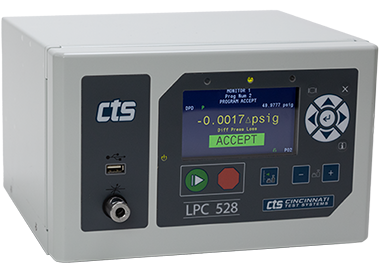
Sentinel LPC-528
Single-test configurable benchtop testing.
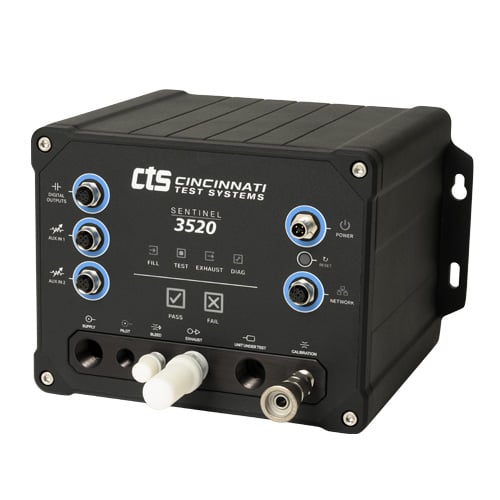
Sentinel 3520
Ideal for leak testing large volume or complex parts.
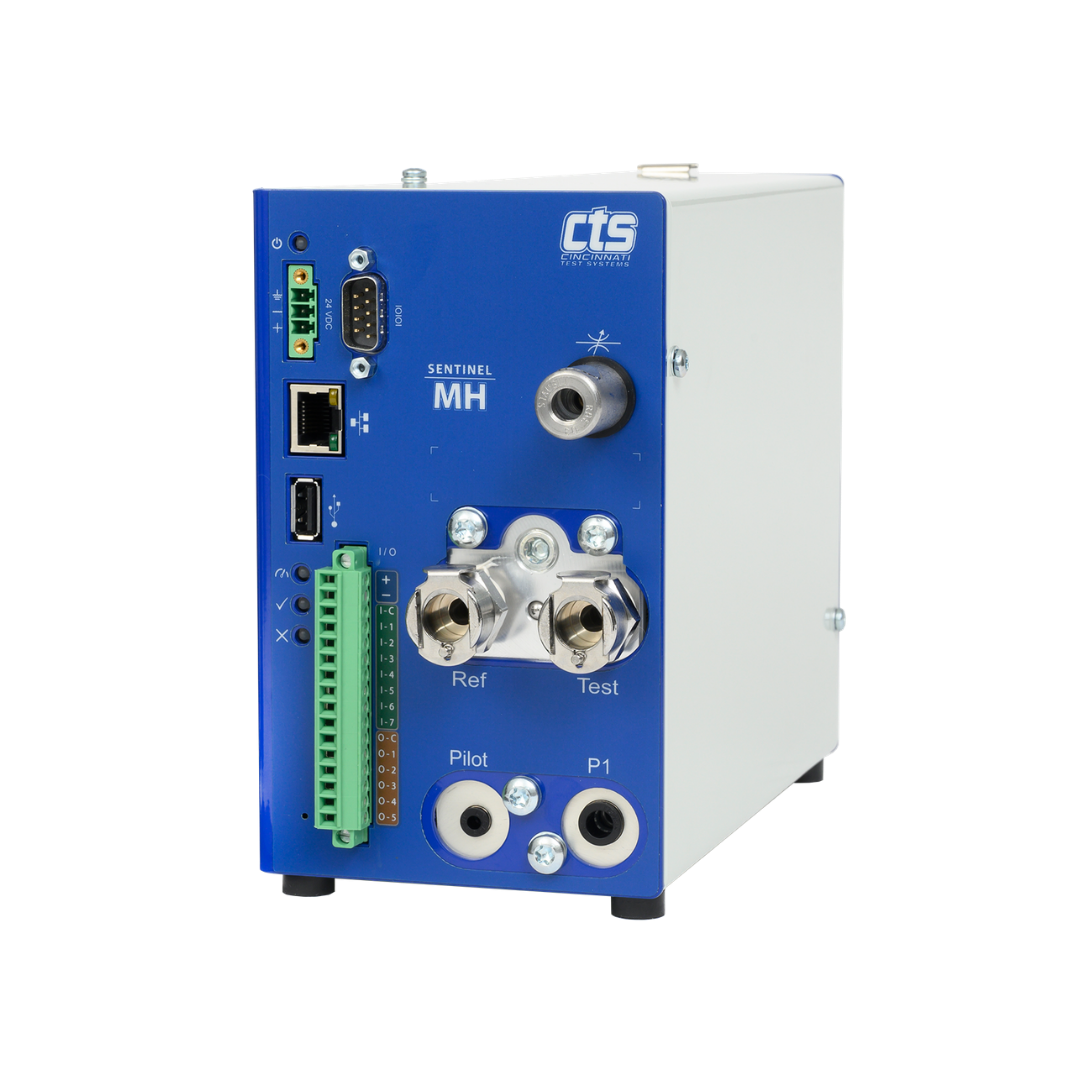
Sentinel MH
Cost-effective, compact, modular industrial leak tester.
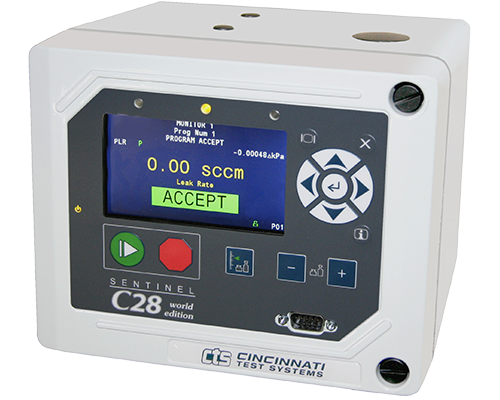
Sentinel C28WE
Single test configurable DP testing in a wall-mount configuration
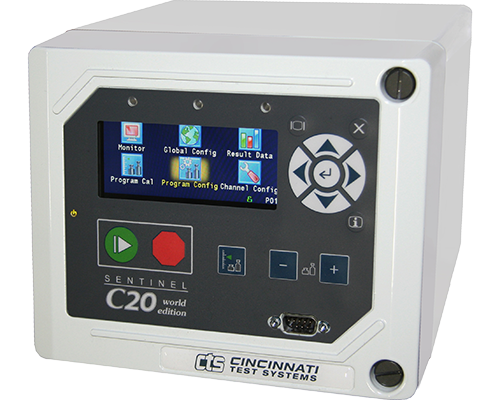
Sentinel C20WE
A simple, low-cost leak test solution
CTS’ Pressure Decay Leak Test Systems
Because the pressure decay method is so effective for leak testing and so popular across a wide range of industries and applications, we offer a variety of pressure decay leak test solutions to meet your specific needs:
Pressure Decay Leak Test Accuracy
In most instances, the smallest pressure change that can be detected via pressure decay test is
0.1 Pa/0.001 mbar/0.0000145 psi. Temperature variations can affect accuracy.
Pressure change is directly proportional to leak rate; pressure change can be converted to leak rate if the internal volume of the test article is known, the pressure change is measured accurately, and the duration of the test is recorded.
LR = leak rate (scc/s)
dPmeas = pressure loss measured during testing cycle (psig)
dPno-leak = pressure loss for a non-leaking part measured during test time (psig)
dPmeas = pressure loss measured during testing cycle (psig)
dPno-leak = pressure loss for a non-leaking part measured during test time (psig)
V = volume (cm3)
T = time (seconds)
Patm = standard atmospheric pressure (psia)
Formula derived from Ideal Gas Law.
T = time (seconds)
Patm = standard atmospheric pressure (psia)
Formula derived from Ideal Gas Law.
Managing External Forces
Download the Managing External Forces to Achieve Desired Leak Rate, Test Cycle Time application bulletin for more detailed information.
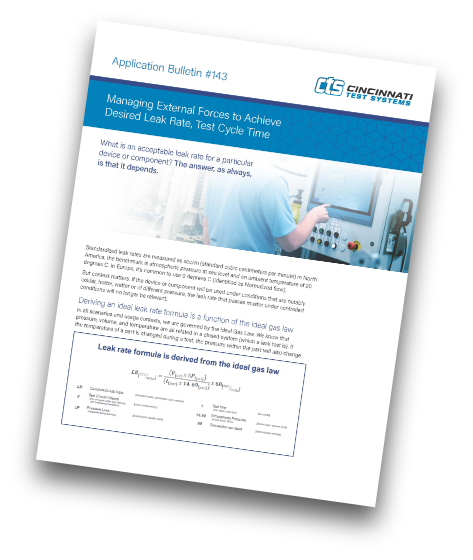
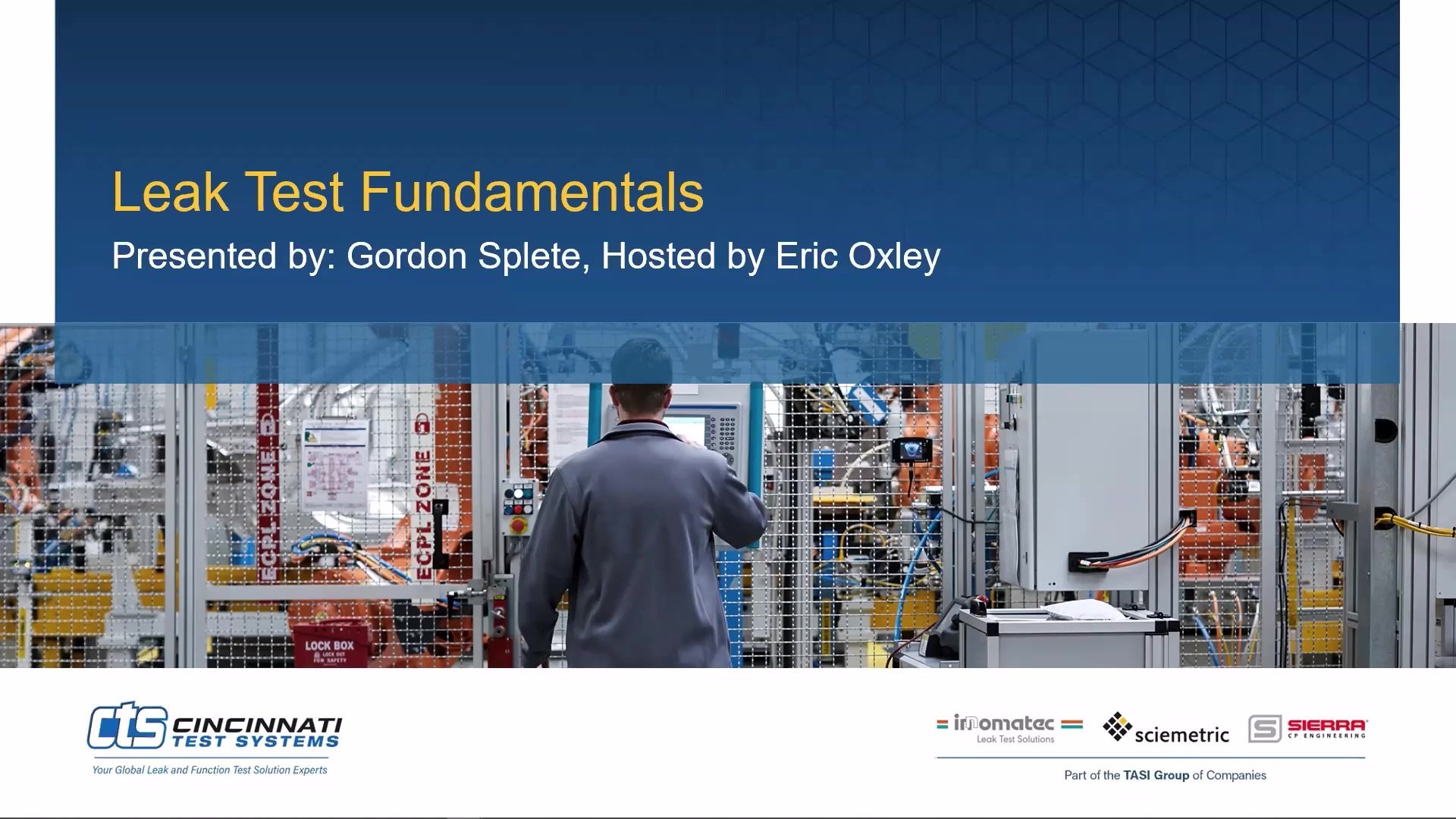
Want to learn more about the fundamentals of leak testing?
Watch the on-demand webinar today!
The Experts in Pressure Decay Test Solutions
Our comprehensive knowledge of factors that influence and affect pressure decay testing enables our pressure leak test units to avoid many part testing problems that can plague the production floor. CTS leak test system are engineered to minimize the effects of ambient temperature and reduce test circuit volume for better control. Our straightforward 2 point calibration methods are a prime example of the ways in which we provide best value to our customers.
Developing an effective pressure decay leak test system involves much more than simply offering a leak test instrument. We offer a complete family of state-of-the-art leak test instruments that are built on proven mechanical designs and superior control engineering capabilities, backed with superior application support. We offer a wide range of pressure instruments that can be seamlessly integrated to create a turnkey pressure decay leak test solution. If you’re looking for a one-stop-shop for your leak test needs, CTS is the best and safest choice!
Frequently Asked Questions (FAQ)
Q1. What is pressure decay leak testing and how is it different from other leak tests?
Pressure decay leak testing measures pressure loss over time in a sealed part. It’s cost-effective and non-destructive, and unlike tracer gas methods, it doesn’t require special gases. However, it’s less suitable for very large parts or ultra-low leak rates.
Q2. How does the size (volume) of the part affect test accuracy?
Larger volumes hold more air, which can make tiny leaks harder to detect. CTS systems optimize test parameters and stabilization to ensure accuracy even with large components.
Q3. How do temperature and ambient conditions affect results?
Temperature fluctuations can change pressure readings. CTS test systems use stabilization periods and temperature compensation features to maintain accuracy.
Q4. What is the minimum leak rate CTS systems can detect?
Depending on part size and setup, CTS pressure decay systems detect leaks down to fractions of a standard cubic centimeter per minute (sccm).
Q5. Which industries use pressure decay testing?
Automotive, medical devices, EV batteries, and industrial manufacturing all rely on pressure decay testing for reliable quality assurance.
Contact Us for Pressure Decay Leak Test Equipment
Request a quote on a pressure decay leak test instrument from CTS, or contact us to discuss a custom-engineered solution for your pressure decay application.
